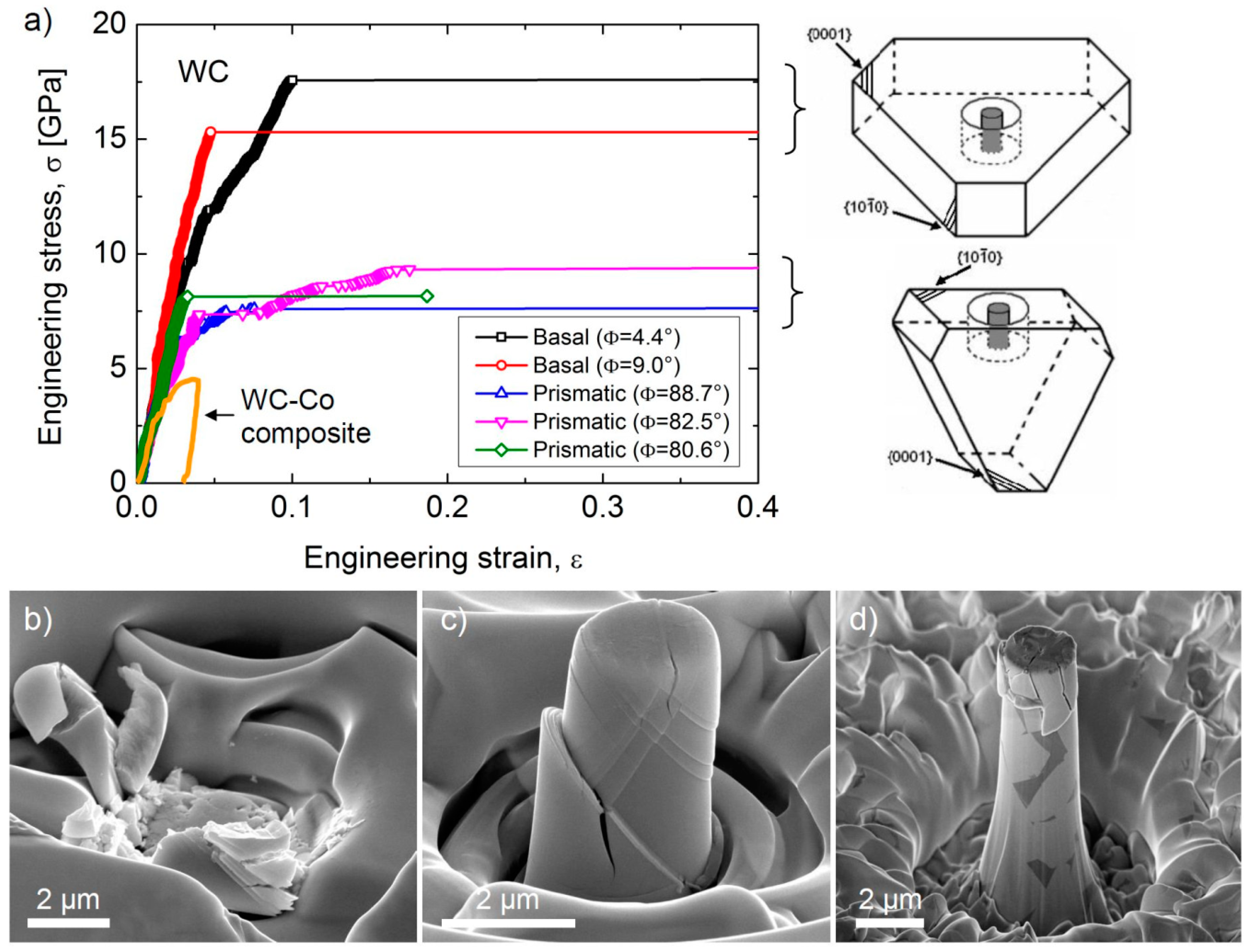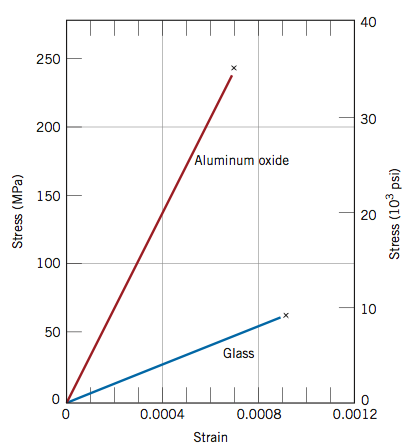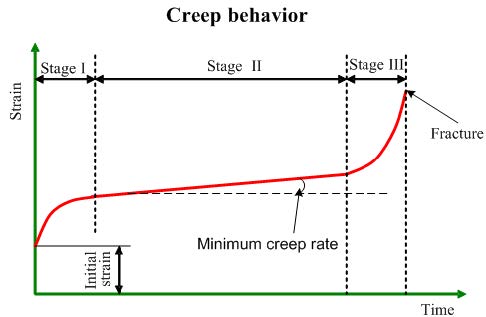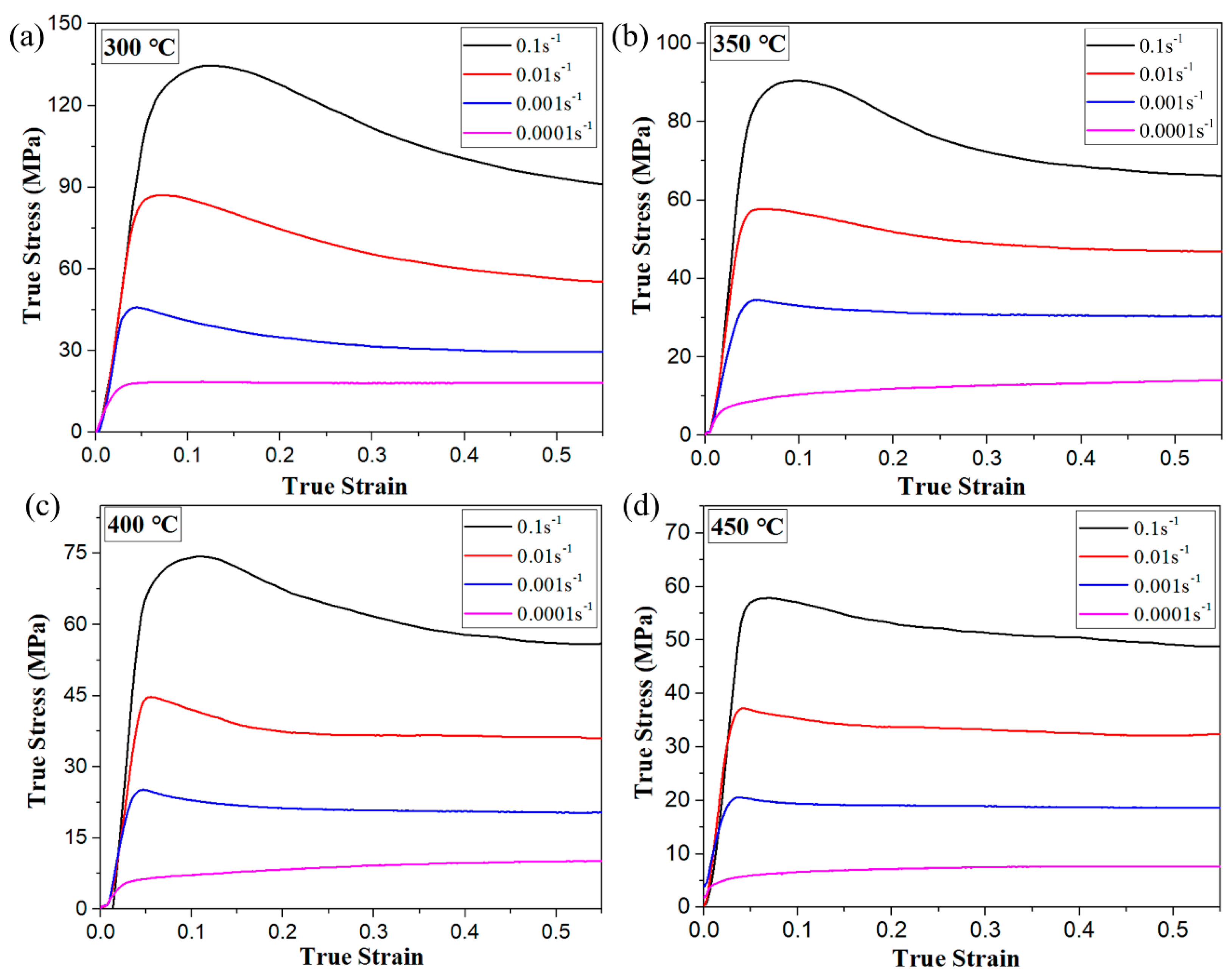Covalent bonds of a ceramic will resist deformation when a force is applied but break when the threshold is passed whereas the delocalized nature of the bonds in metals allows for plastic deformation or ductile behavior.
Ceramic deformation behavior under compression.
Materials and methods 2 2 uniaxial tension.
The difference in deformation behavior between homogeneous pillars and multilayer pillars along with other geometric effects were examined in detail.
In this way the cct was simulated.
The compressive deformation and failure behavior of ceramics and ceramic metal composites for armor applications has been studied as a function of strain rate at los alamos national laboratory.
The stress strain behavior of the four metals under compression is shown.
The objective of this research is to explore the deformation behavior and fracture process of the sic under uniaxial impact loads.
A generalized confined compression test cct was simulated in the present study to investigate the deformation of walnut ceramic proppants against compression.
This study is an attempt to investigate the mechanical behavior of proppant packs deforming under compression loading.
The model assumes that identical deformation modes bending failure of the struts are responsible for failure of the bulk foam in tension and compression.
While ceramic powder exhibits special densification behavior during compression.
The results of this work indicate a significant difference between the density dependence in tension and compression.









